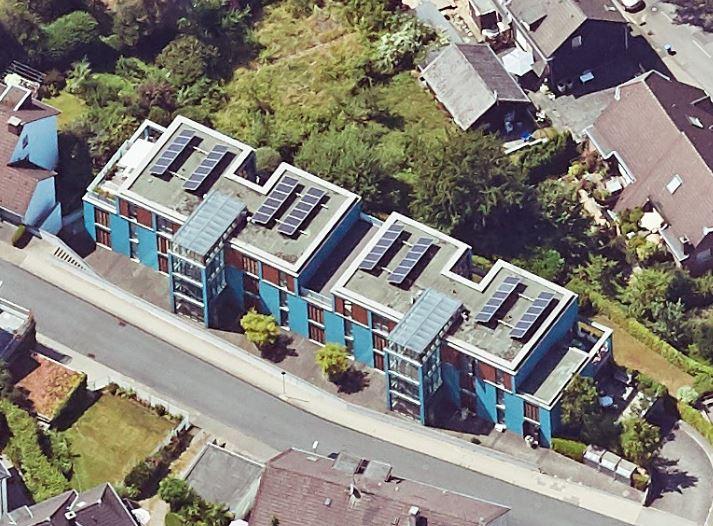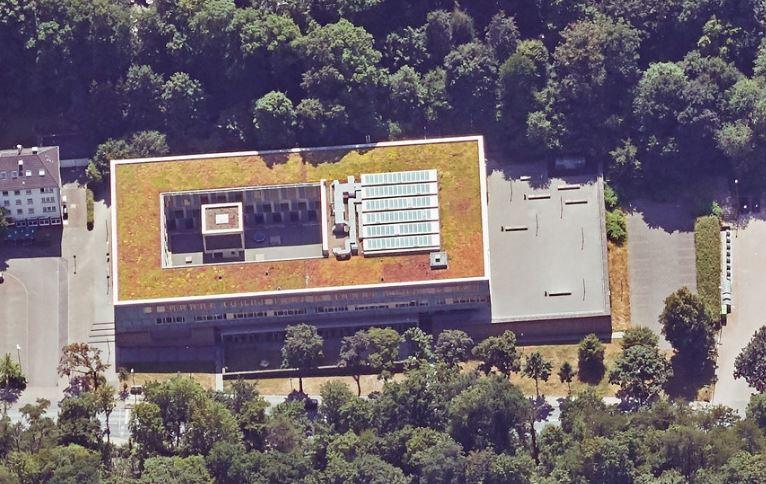Brückstraße, 45239 Essen
Icon legend
![]() This icon indicates an awarded building
This icon indicates an awarded building
![]() This icon indicates a listed building
This icon indicates a listed building
![]() Projects with this logo are on the UNESCO World Cultural Heritage list
Projects with this logo are on the UNESCO World Cultural Heritage list
![]() Project has been converted, renovated or extended
Project has been converted, renovated or extended
x close
![]()
799 / 1275 / 18. Jh. / 1897
- keine Angabe -
Advanced search with more criteria
Total projects: 483

45239 Essen
Distance: 0.26 km

45239 Essen
Distance: 0.32 km
Long description: Looming above the Ruhr valley on a Werden hill is the St. Ludgerus basilica. The monastery shaped the cultural and economic life around it for centuries. In 799, the Frisian missionary Liudger, the first bishop of Münster, founded the Benedictine monastery of Werden. Well situated on a ford above the River Ruhr, Werden soon became a boom town, which was chartered in 1317. St. Liudger is buried in the Carolingian ring crypt. In the adjacent treasure chamber, we find the important work of art called Helmstedter Kreuz, which is from the period of transition from the Ottonian to the Romanesque period, and also the shrine of Liudgerus, one of the few baroque feretories.
After the secularisation of the imperial abbey, it served as a parish church. From the 18th century, new abbey buildings were built in the baroque style which make it seem like a residence. The architecture of the buildings made of quarry stone and kerb and hipped roofs is reinforced by gable fields and heraldic emblems in the area of the main entrances. The nave is characterised by a monumentally structured central risalit.
In 1993, Pope John Paul II made the abbey a Basilica minor. It has a baroque high altar and features paintings by Theodor Mintrop from Werden.
The religious building is still owned by the state of North Rhine – Westphalia, not the parish. After the war, the world-famous Folkwang-Schule für Musik, Theater und Tanz was based here.
Author: Route der Industriekultur / Editorial baukunst-nrw
Last changed on 14.03.2024
Categories:
Architecture » Public Buildings » Religious